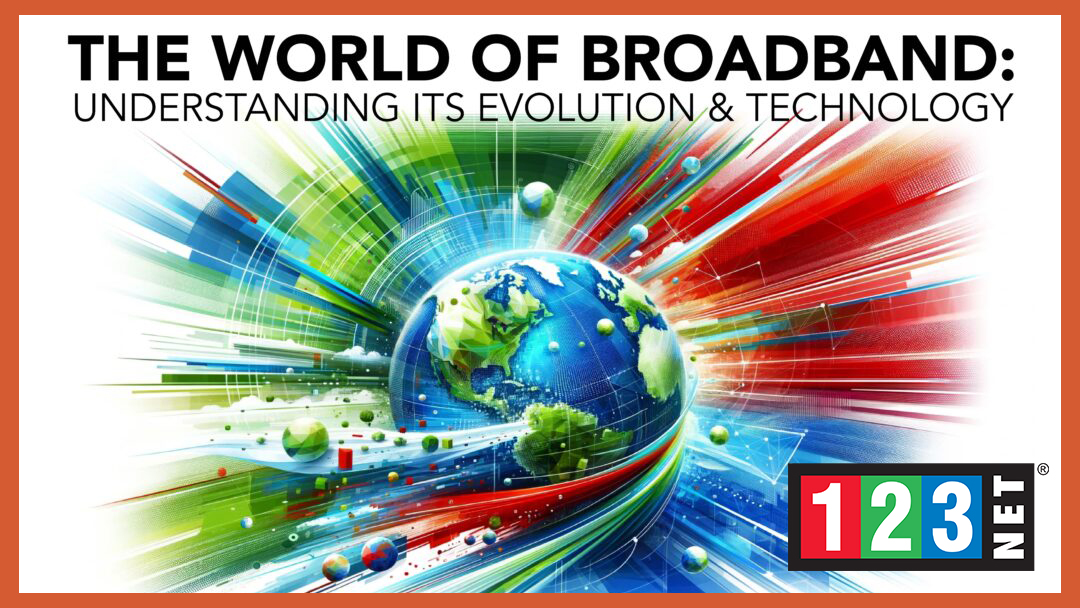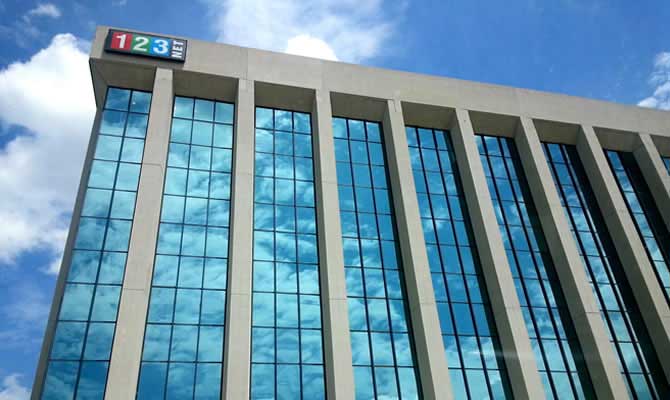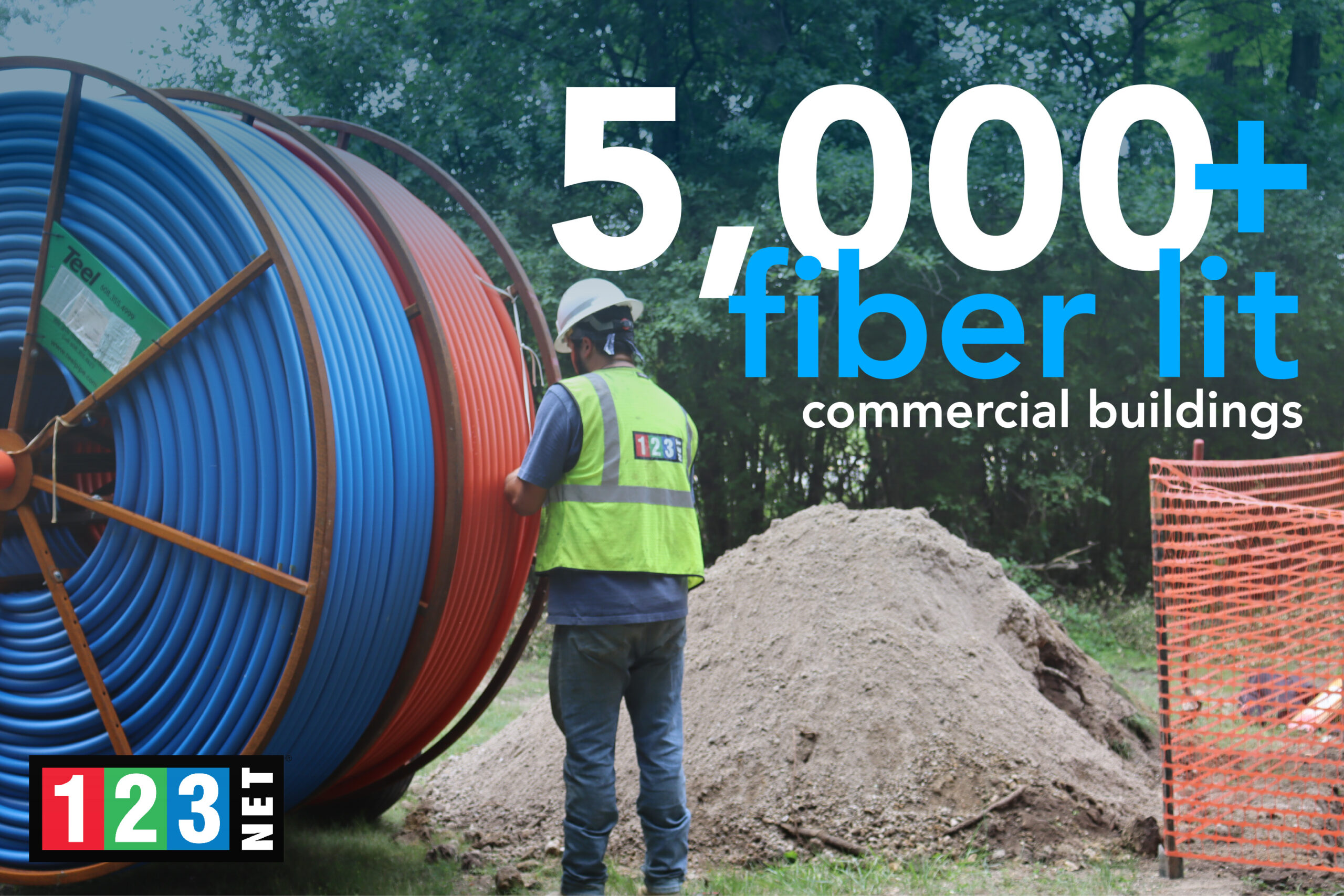
What is Broadband?
Broadband is a type of high-speed internet connection that significantly surpasses earlier dial-up services in speed and efficiency. Contrary to older internet technology, which relied on telephone lines and had constraints due to slow data transmission rates, broadband employs advanced technology to deliver faster and more dependable internet access. This technology can be implemented using various methods, including Digital Subscriber Line (DSL), cable modems, fiber optics, satellites, and wireless connections, each offering distinct advantages when it comes to speed and accessibility.
Broadband’s defining feature is its capacity to support high data transfer rates. This enables activities like streaming high-definition videos, online gaming, and large file downloads with ease. The term ‘broadband’ itself refers to the wide bandwidth these connections use, allowing for the simultaneous transmission of multiple signals and larger amounts of data. As a cornerstone of modern digital communication, broadband has reshaped how we interact online. It makes it a crucial component for both personal and professional internet use. It has evolved into a vital tool for accessing a vast array of online resources and services, fundamentally changing our experience of the internet.
Types of Broadband Connections
Broadband encompasses a range of high-speed internet connection types designed to meet diverse consumer needs globally. From DSL (Digital Subscriber Line) to Fiber Optics, Cable Modem, Satellite, and Wireless, each broadband connection type possesses unique attributes, advantages, and limitations.
DSL, utilizing existing telephone lines, offers widespread availability and affordability. However, its speed may be constrained by the distance from the provider’s central office, making it suitable for basic browsing and limited streaming.
Cable Modem broadband employs coaxial cable lines, often delivering higher speeds than DSL, predominantly in urban areas. Nevertheless, cable connections are shared among local users, potentially resulting in reduced speeds during peak usage periods.
Fiber Optics, representing broadband’s forefront, transmits data through light signals over thin glass fibers. It provides unparalleled speeds and reliability, ideal for bandwidth-intensive activities such as ultra-high-definition streaming, online gaming, and large data transfers. However, its availability is primarily in urban and suburban regions.
Satellite broadband serves rural and remote areas where other broadband options are scarce. While reliant on satellite dishes for internet access, it can be affected by weather conditions and exhibits higher latency compared to other types. Ongoing improvements aim to enhance satellite internet’s speed and reliability.
Wireless broadband, often complementing other broadband connections, offers wireless internet access, granting flexibility and mobility. Performance varies based on the underlying technology (DSL, cable, fiber), router quality, and distance from the router.
Each broadband connection type caters to specific user needs and geographical contexts, providing a range of choices for consumers. Whether for basic browsing or high-speed data streaming and gaming, today’s diverse broadband technologies ensure users can select a connection that aligns with their unique internet usage requirements.

How it Works
Broadband technology functions through a sophisticated network infrastructure that enables high-speed data transmission, a stark contrast to the slower, more limited capabilities of traditional dial-up internet. The cornerstone of broadband’s functionality lies in its ability to transmit large amounts of data at high speeds, utilizing various forms of technology such as DSL, fiber-optic, and wireless broadband.
- DSL (Digital Subscriber Line) broadband works by transmitting digital data over traditional copper telephone lines. It utilizes higher frequency bands for data, separate from the lower frequencies used for voice telephone calls. DSL’s speed can vary depending on the distance from the provider’s central office; the further away a user is, the weaker the signal and the slower the internet speed.
- Fiber-optic technology, representing the pinnacle of broadband speed and reliability, transmits data as light signals through thin glass fibers. The major advantage of fiber-optic broadband is its high speed and low latency, unaffected by distance like DSL. It enables extremely fast data transmission, making it ideal for high-bandwidth activities such as streaming ultra-high-definition content and online gaming.
- Wireless broadband, on the other hand, uses radio waves to transmit data. This can occur via Wi-Fi networks, which usually link to a DSL, cable, or fiber-optic network, or via mobile broadband networks such as 4G and 5G. Wireless broadband provides the advantage of mobility, enabling users to access the internet without the need for a physical connection point.
Each broadband technology has its unique method of data transmission, affecting its speed, reliability, and suitability for different applications. The choice between these technologies often depends on the specific needs of the user, such as speed requirements, location, and accessibility. Understanding these differences is key to comprehending how broadband can deliver fast and reliable internet service, catering to a wide range of activities and users in today’s digitally connected world.
Evolution of Broadband
Broadband’s evolution is a remarkable journey characterized by substantial advancements and pivotal milestones, shaping the way we connect and communicate. This progression underscores the rising demand for faster and more efficient internet connectivity, fueling a constant drive for innovation in the field of broadband technology.
The journey begins with the introduction of DSL (Digital Subscriber Line) technology, representing a major leap forward in the late 1990s. DSL provided users with a significant speed boost compared to dial-up connections, marking the initial shift towards high-speed internet access.
The subsequent emergence of cable modem broadband further transformed the landscape. It harnessed existing cable television infrastructure to offer faster internet speeds, particularly in urban areas. This development was crucial in making high-speed internet widely accessible.
However, the most significant revolution came with the advent of fiber-optic technology. Fiber-optic broadband, capable of transmitting data as light signals through thin glass fibers, set new standards for speed and reliability. It enabled ultra-high-definition streaming, online gaming, and large data transfers with minimal latency, making it the gold standard for broadband technology.
In recent years, the rollout of 5G technology has ushered in a new era of wireless broadband. 5G, with its promise of unparalleled speed and minimal latency, stands ready to transform not only our connectivity but also the potential for applications like IoT (Internet of Things) and smart cities.
Broadband’s evolution from DSL to 5G signifies its pivotal role in our network infrastructure. It has become an indispensable part of our daily lives, underpinning everything from remote work and education to entertainment and communication. As we look forward, broadband technology will continue to evolve, pushing the boundaries of what is possible in our digitally interconnected world.

Speeds
In today’s digital age, comprehending broadband speeds is crucial for making informed choices about internet connectivity. Broadband speeds are commonly measured in Mbps (Megabits per second) and Gbps (Gigabits per second). This quantifies the rate at which data is transmitted across your internet connection.
- Mbps: Megabits per second is the standard unit for measuring broadband speed. One megabit equates to one million bits. For basic internet activities like web browsing and standard-definition streaming, speeds ranging from 1 to 5 Mbps are generally sufficient. Activities such as high-definition video streaming and online gaming might require speeds within the range of 5 to 25 Mbps. If you engage in data-intensive tasks like 4K video streaming and large file transfers, it’s recommended to opt for speeds exceeding 25 Mbps.
- Gbps: Gigabits per second represents a much higher measurement, equal to one billion bits per second. Gbps speeds are typically reserved for businesses and advanced users with demanding requirements. At this level, you can experience seamless 4K and 8K video streaming, rapid file uploads and downloads, and support for numerous devices with high bandwidth needs.
Several factors can impact broadband speed, including:
- Network Bandwidth: The total capacity of the network affects the available bandwidth for each user. During peak usage times, overloaded networks may experience slower speeds.
- Type of Broadband Connection: Different broadband technologies offer varying speed capabilities. Fiber-optic connections generally provide the fastest speeds, followed by cable and DSL. Wireless broadband speeds depend on signal strength and interference.
Understanding these factors and broadband speed measurements empowers users to choose the right internet plan for their specific requirements, ensuring a seamless online experience.
Accessibility & Coverage
Broadband accessibility is not a uniform privilege across the globe; it exhibits stark disparities, particularly in urban and rural areas. In urban areas, broadband access is relatively widespread, with high-speed internet readily available to a large portion of the population. However, the story differs in rural and remote areas, where geographical factors, infrastructure limitations, and lower population density often combine to create significant obstacles to broadband access.
Expanding broadband coverage in less accessible regions remains a priority. Various stakeholders, including governments, organizations, and internet service providers, have undertaken initiatives to bridge this digital divide. These efforts encompass financial incentives, infrastructure investments, and the development of satellite and wireless technologies tailored to reach remote areas.
Nonetheless, challenges persist. The cost of extending broadband infrastructure to sparsely populated regions can be prohibitively high. Additionally, the “last mile” connectivity problem, which involves connecting individual homes and businesses to the broader network, remains a hurdle.
Regulations and policies play a pivotal role in shaping broadband access and affordability, further complicating the landscape. Despite these challenges, the commitment to ensuring equitable access to high-speed internet for all remains strong. As well as harnessing the transformative power of broadband technology to uplift communities and foster economic growth globally.
Impact on Everyday Life
Broadband’s influence transcends its role as a means of internet access; it stands as a cornerstone of modern society, revolutionizing education, healthcare, and the economy. This section delves into the multifaceted impact of broadband, highlighting its significance in fostering efficient and effective digital communication across various sectors.
In the realm of education, broadband has transformed traditional classrooms into dynamic hubs of online learning. It enables students to access a wealth of educational resources, engage in remote learning, and collaborate with peers worldwide. This accessibility is particularly valuable in bridging educational disparities and ensuring equitable access to quality education.
In healthcare, broadband underpins telemedicine and remote patient monitoring, providing a lifeline for individuals in remote or underserved areas. It enables healthcare professionals to diagnose, treat, and consult with patients, promoting timely interventions and improved health outcomes.
On the economic front, broadband has become an engine of growth, facilitating e-commerce, remote work, and digital entrepreneurship. It empowers businesses to reach global markets, fosters innovation, and enhances productivity. Moreover, it catalyzes economic development by creating jobs and driving investments in technology and infrastructure.
Broadband’s transformative power extends far beyond internet connectivity; it shapes the future of society. It paves the way for a more interconnected and digitally inclusive world. Its profound impact in education, healthcare, and the economy underscores its role as an essential driver of progress.
Future Trends
Broadband technology’s future holds the promise of remarkable advancements, poised to deliver even faster and more reliable internet connectivity. This section offers insights into the anticipated trends in broadband, with a particular focus on emerging technologies that will shape the landscape.
One of the most anticipated developments is the enhancement of 5G technology. 5G promises to revolutionize wireless broadband, offering ultra-fast speeds, low latency, and massive device connectivity. This technology will not only enable faster downloads and seamless streaming but also underpin the growth of the Internet of Things (IoT), enabling smart cities, autonomous vehicles, and more.
Fiber-optic technology continues to evolve, with ongoing innovations aimed at pushing the limits of broadband speeds. Researchers are exploring methods to increase data transmission rates over existing fiber-optic infrastructure, paving the way for even faster connections.
Furthermore, broadband networks are anticipated to integrate satellite technology for the purpose of improving global coverage, particularly in remote and underserved regions. Advanced satellite constellations will enhance internet access, reducing the digital divide.
In conclusion, the future of broadband technology is an exciting journey of innovation and expansion. Enhanced 5G, fiber-optic breakthroughs, and satellite advancements are poised to redefine the way we connect and communicate. This opens doors to new possibilities and driving the digital transformation of our world.
FAQ Section
- What is broadband technology? It is a high-speed internet connection that enables fast data transmission. It provides efficient access to the internet, replacing older, slower technologies like dial-up.
- What are the different types of broadband connections? Broadband encompasses various types, including DSL, Cable Modem, Fiber Optics, Satellite, and Wireless. Each offers distinct advantages and limitations.
- How do I choose the right plan? Consider your specific needs, such as internet speed requirements, location, and budget. Research available providers and plans in your area to make an informed decision.
- What impacts speed? Network bandwidth, type of broadband connection, and network congestion can affect speed. Higher bandwidth and faster technologies generally lead to faster speeds.
- Is broadband secure? Broadband security is crucial. Use strong passwords, antivirus software, and encryption to protect your online privacy and data from threats.




